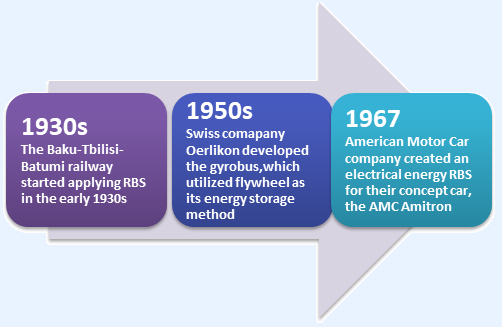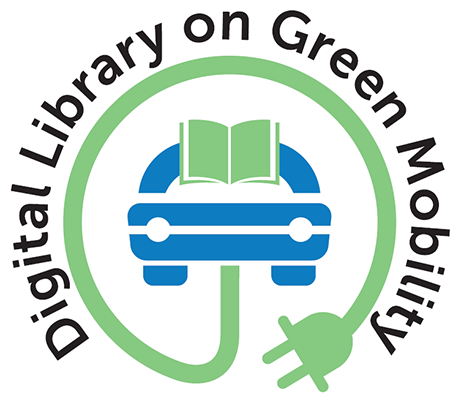Regenerative Braking System
Inventor/Assignee: Peter S. Hughes | Current Assignee: GP Technology and Innovation Ltd
Description:
Introduction: Regenerative braking is a unique technique that is used in EVs to capture energy that the vehicle has due to its motion or, in other words, its kinetic energy that would have been wasted when the vehicle decelerates or comes to a standstill while braking.
Regenerative braking system (RBS) is common in several modern cars. On petrol and diesel models, it is used to charge the battery that runs various ancillary systems in the car, meaning less work for the engine and less fuel burned. In these cars, the system is virtually imperceptible to the driver but in hybrid and pure electric cars regenerative braking takes a more active and obvious role. In these models, brake regeneration can help charge the larger batteries that directly drive the car.
In electric vehicles, the regenerative braking can be incorporated in a much more efficient way electronically. This will reduce the need for heavy flywheels, which adds extra weight to the total weight of the vehicle. Electric vehicles have an inherent problem of range anxiety among users. Though the average speed of the vehicle in the urban drive cycle is around 25-40 kmph, the frequent acceleration and braking drain the battery soon. Regenerative braking helps in extending the range of the electric vehicle by 8-25%. Apart from saving energy and enhancing the range, it also helps in effective control of the braking operation.
Maturity Timeline:

Limitations: Due to the maximum recharging rate of the circuit and the capacity of battery, the braking force from an electromagnetic type RBS is always limited. Therefore, a traditional friction brake system is required to convert the excess energy from the vehicle. The friction brake can also prevent the loss of braking ability in the case of RBS failure.
RBS can only be installed on driving wheels since a drive train is required for energy recovery. The waste heat is not significantly reduced unless the vehicle is an all wheel drive model.
Adding a RBS to a vehicle means to increase the curb weight of it. Although RBS can improve fuel economy under start-and-stop driving conditions, it may have negative effect on fuel consumption during highway cruising.
The design of RBS involves varieties of sensors and logic control units to adjust the operation of RBS. The reliability concern of these electrical parts should not be neglected.
Process: Modern hybrid and electric cars both utilize an electric engine to power the car which makes applying regenerative braking very simple and efficient. In the vast majority of these cars, the transmission of the car is set up such that when the driver applies the brakes, the electric motor reverses itself and applies a resistance to the wheels rather than power. The resistance applied to the wheels is then put through the electric motor where it is used to recharge the batteries.
Car companies such as Mercedes and Porsche have begun to use regenerative braking systems to give the driver the same feel of a gas-powered car while recovering energy for the batteries.
Commercialization: Toyota, Tesla
Use Cases: All electric and hybrid cars, as well as some gas-powered vehicles
Patent: US6724165B
Theme: Vehicle Technology | Subtheme: Electric vehicles
Source:
Regenerative braking, Energy Education
Aisling Doyle, Tariq Muneer, 2 - Traction energy and battery performance modelling, Editor(s): Tariq Muneer, Mohan Lal Kolhe, Aisling Doyle, Electric Vehicles: Prospects and Challenges, Elsevier, 2017, p. 93-124
How It Works: Regenerative Braking, May 20, 2021
Regenerative braking: what is it and how does it work? November 6, 2020
How Regenerative Braking Works in Electric Vehicles, July 25, 2019
Related Documents
Books
Modern Electric, Hybrid Electric, and Fuel Cell Vehicles
Published Year: 2005
Abstract:
This book comprehensively deals in fundamentals, theory and design of conventional vehicles wi... Read More
Research Papers/Articles
Abstract:
In the modern power sector it is important to gain optimal scheduling to solve profit based un... Read More
Journals
World Electric Vehicle Journal
Published Year: 2007
Abstract:
The World Electric Vehicle Journal is the first peer-reviewed international scientific journal... Read More



